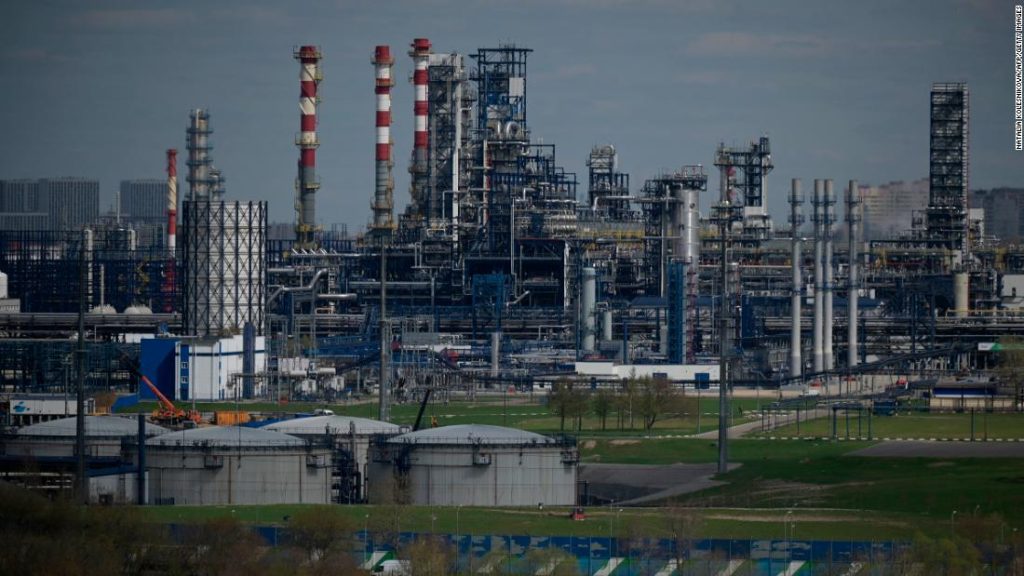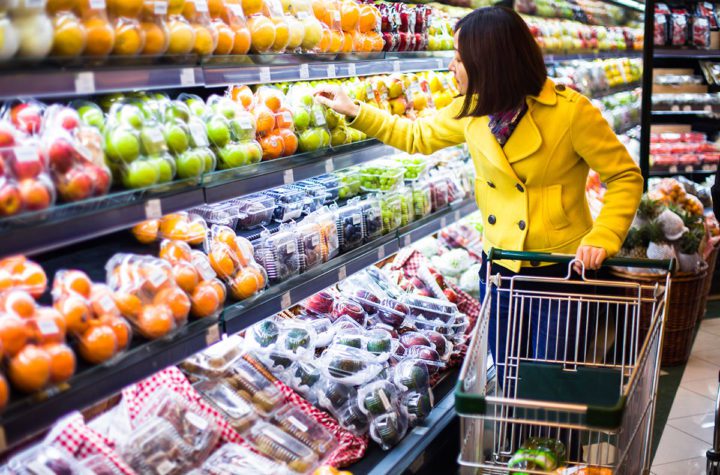Russian crude flows to India are expected to reach 3.36 million metric tons In May, according to Refinitiv estimates. This is about 9 times higher than the 2021 monthly average of 382,500 metric tons.
Part of the reason for the price disparity: The West has shunned Russian oil. The European Union agreed on Monday to ban 90% of Russian oil imports by the end of the year. Europe is the largest buyer of Russian energy.
A ban from a huge importer like Europe may put more pressure on the Russian economy, but Moscow has found other buyers in Asia.
According to Refinitiv, Russian crude flows to India rose to 1.01 million metric tons in April from 430,000 metric tons in March.
India’s Ministry of Petroleum and Natural Gas did not immediately respond to a query about the impact of the partial EU embargo on oil relations between the South Asian economy and Moscow.
Earlier in May, India downplayed the rise in imports. The Ministry of Petroleum and Natural Gas said, in a statement, that the country imports oil from all over the world, including large quantities from the United States.
“Despite attempts to portray this in another way, energy purchases from Russia remain negligible compared to India’s total consumption,” the ministry said in a statement. She added that “legitimate energy transactions in India cannot be politicized.”
The European Union is moving ahead with the partial ban
And while Asian purchases of Russian crude are rising, the European Union decided on Monday to block most of it by the end of this year.
Russian crude made up 27% of the bloc’s imports in 2021, according to Eurostat.
Ursula von der Leyen, President of the European Commission, said at a press conference that Russian oil delivered by tankers will be banned, while the southern part of the Druzhba pipeline will be exempted.
The northern part of the pipeline serves Poland and Germany – which have agreed to the ban. The southern part goes to Hungary, Slovakia and the Czech Republic and accounts for 10% of Russian oil imports.
A significant part of Russia’s oil exports to Europe goes to the bloc via pipelines. Diverting those barrels to markets in Asia would require expensive new infrastructure that could take years to build.
– Julia Horowitz and CNN’s Vedika Sud contributed to this report

“Writer. Evil travel maven. Avid creator. Proud beer expert. Music lover. Explorer.”











More Stories
Jake Sullivan meets Yang Jiechi in Luxembourg, paving the way for a possible meeting between Biden and Xi
The CDC adds 3 places to its “high” risk list, including Mexico and the United Arab Emirates
Wordle 359 June 13 – Struggling with Wordle today? THREE CLUES TO HELP ANSWER | Games | entertainment